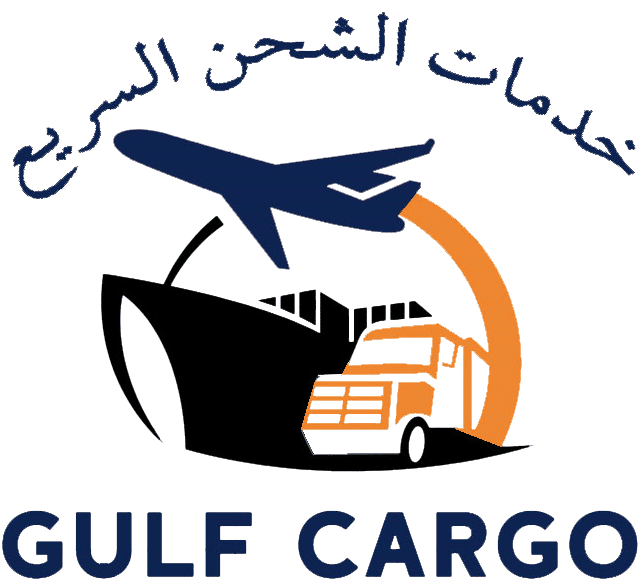The United Arab Emirates and Oman share not just a border, but also a long history of trade, cooperation, and economic growth. With both nations situated along the Arabian Gulf and the Arabian Sea, sea freight has become one of the most efficient and dependable modes of transportation for goods moving between them. Businesses and individuals across the region depend on sea freight from the UAE to Oman for its reliability, affordability, and flexibility. Whether you are shipping commercial cargo, heavy machinery, vehicles, or personal belongings, sea freight offers a smooth and secure solution that meets all your logistics needs.
Why Choose Sea Freight Between UAE and Oman
Sea freight remains the backbone of trade between the two countries. While land and air routes are also available, ocean shipping is the most cost-effective option for bulk goods, oversized cargo, or shipments that are not time-sensitive. The UAE has some of the world’s most advanced seaports, such as Jebel Ali Port in Dubai, Khalifa Port in Abu Dhabi, and Sharjah’s Port Khalid. Similarly, Oman’s Sohar Port, Salalah Port, and Port Sultan Qaboos serve as key gateways for imports and exports. The well-established maritime infrastructure between these ports ensures fast, efficient, and safe cargo movement.
One of the main advantages of sea freight is its ability to handle large volumes at once. A single container can carry tons of products—ranging from industrial materials to consumer goods—at a fraction of the cost of air freight. For companies looking to optimize logistics budgets while maintaining reliability, sea freight is the perfect choice.
Types of Sea Freight Services from UAE to Oman
Depending on your shipment size, urgency, and nature of goods, you can choose from several types of sea freight services. These include:
1. Full Container Load (FCL)
If your cargo can fill an entire container, FCL is the most suitable option. You get exclusive use of a 20-foot or 40-foot container, which ensures complete security and minimal handling. This is ideal for manufacturers, exporters, and importers moving large quantities of products between the UAE and Oman.
2. Less than Container Load (LCL)
For smaller shipments that do not require a full container, LCL allows you to share container space with other shippers. You only pay for the volume your goods occupy, making it a budget-friendly option for small and medium-sized businesses. LCL shipments are consolidated at the port of origin and deconsolidated at the destination port for delivery.
3. Roll-on/Roll-off (RoRo) Shipping
This service is specifically designed for vehicles and heavy equipment. Cars, trucks, and machinery are driven directly onto the vessel and driven off at the destination port. RoRo is one of the safest and most efficient ways to transport automobiles and wheeled cargo between the UAE and Oman.
4. Break Bulk and Project Cargo
For oversized or irregularly shaped goods that cannot fit into containers, break bulk or project cargo shipping is available. This includes items such as construction materials, oilfield equipment, and industrial machinery. Specialized vessels and handling equipment ensure safe transport from port to port.
Major Ports for UAE–Oman Sea Freight
The maritime route between the UAE and Oman is well-connected through several major ports:
-
Jebel Ali Port (Dubai): The largest and busiest port in the Middle East, known for its advanced logistics facilities and quick turnaround times.
-
Khalifa Port (Abu Dhabi): A world-class deep-water port ideal for containerized and bulk cargo.
-
Sharjah Ports (Khorfakkan & Port Khalid): Conveniently located for short-haul regional shipments.
-
Sohar Port (Oman): A key commercial hub that handles a wide range of imports and exports.
-
Port Sultan Qaboos (Muscat): Ideal for smaller shipments and general cargo.
-
Salalah Port (Southern Oman): One of the most important transshipment ports in the region.
Because of the short distance between the two countries, most sea freight routes take just a few days for delivery, offering an excellent balance between cost and speed.
Sea Freight Process – Step by Step
Shipping goods by sea from the UAE to Oman follows a well-structured process:
-
Quotation and Booking: The shipper provides cargo details (dimensions, weight, type, and destination), and the logistics provider offers a quotation. Once confirmed, space is booked on the vessel.
-
Cargo Pickup and Packaging: The goods are collected, properly packed, and prepared for shipment. Depending on the cargo type, it may be palletized or containerized.
-
Customs Clearance at Origin: Documentation such as invoices, packing lists, and certificates of origin are submitted for customs approval.
-
Loading and Shipping: Containers are loaded onto the vessel at the port and shipped to Oman.
-
Arrival and Customs at Destination: Upon arrival, the cargo undergoes customs clearance in Oman.
-
Delivery: The goods are transported from the port to the consignee’s warehouse or final delivery point.
With professional freight forwarders handling documentation and coordination, the entire process becomes smooth and hassle-free.
Benefits of Choosing Sea Freight from UAE to Oman
-
Cost Efficiency: Sea freight offers significant savings compared to air transport, especially for bulky or heavy items.
-
Reliability: Regular sailings and strong port connectivity ensure timely delivery schedules.
-
Capacity: Vessels can handle large volumes of goods in a single shipment, ideal for importers and exporters.
-
Safety: Containers and specialized equipment ensure that your goods are protected throughout the journey.
-
Eco-Friendly: Ships produce lower emissions per ton compared to airplanes or trucks, making sea freight a greener option.
Common Goods Shipped Between UAE and Oman
Trade between the UAE and Oman covers a diverse range of goods. Common cargo types include:
-
Construction materials (cement, steel, tiles)
-
Machinery and industrial parts
-
Automobiles and spare parts
-
Consumer electronics and appliances
-
Furniture and home goods
-
Food products and beverages
-
Petrochemical and oilfield equipment
The continuous trade flow between the two countries highlights the importance of maritime logistics in supporting regional industries.
Customs and Documentation Requirements
Both the UAE and Oman have efficient customs systems that simplify trade. Key documents typically required for sea freight include:
-
Bill of Lading
-
Commercial Invoice
-
Packing List
-
Certificate of Origin
-
Import/Export License (if applicable)
-
Insurance Certificate (optional but recommended)
Working with an experienced freight forwarder ensures that all paperwork is correctly prepared, avoiding delays at customs checkpoints.

